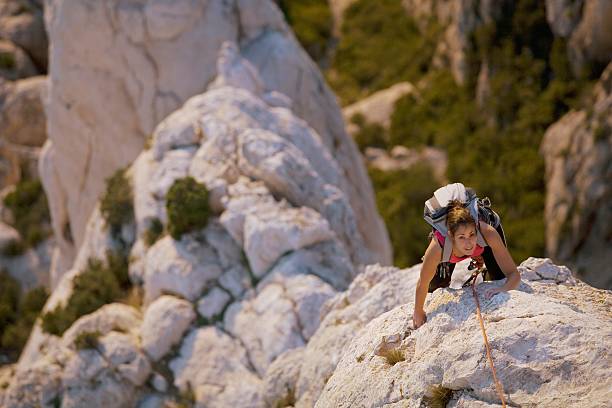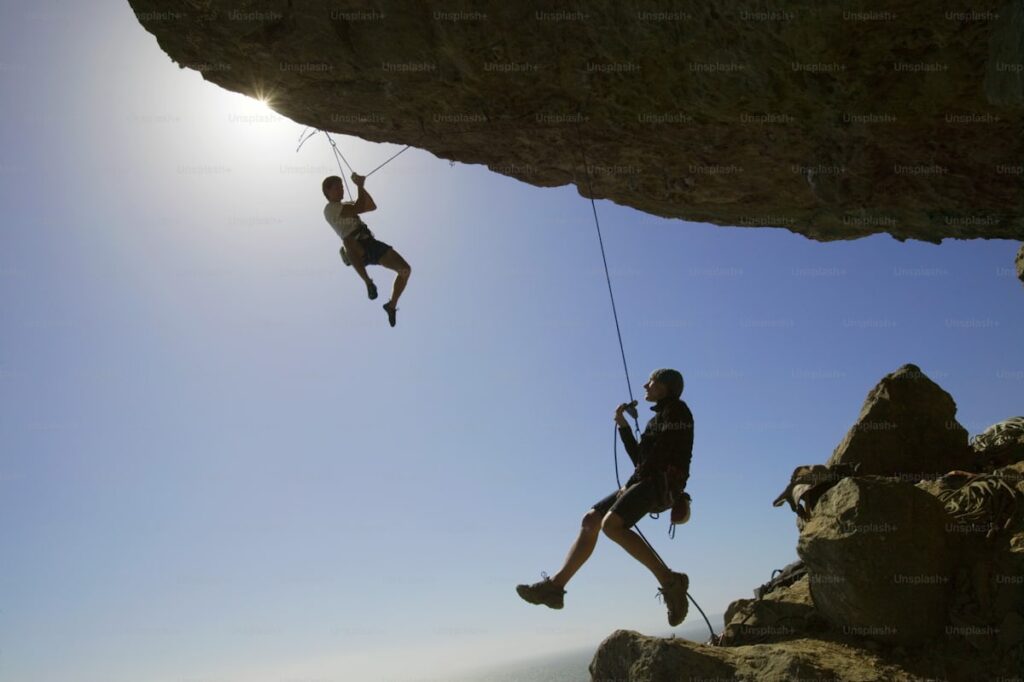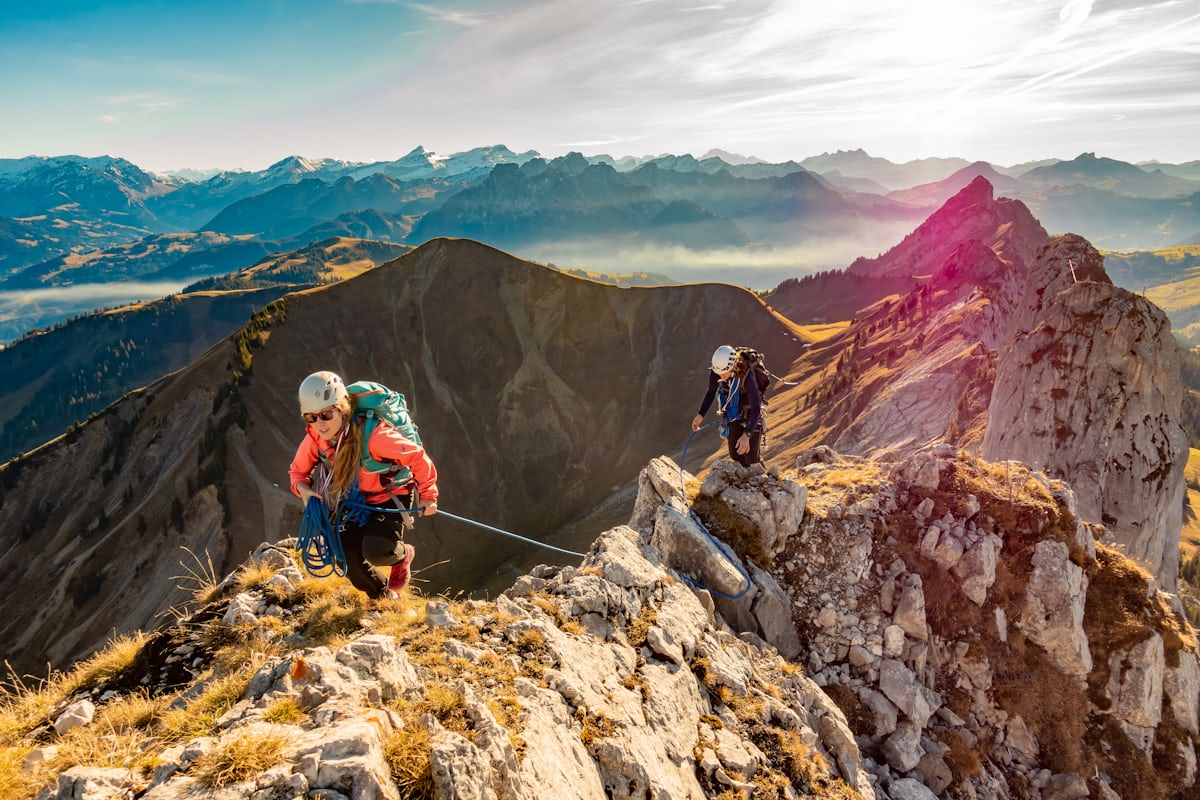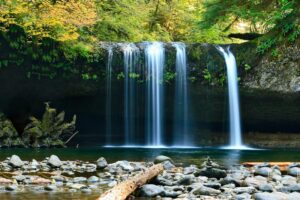What are 15 best types of rock climbing in India?
India is well-equipped with almost all the sports of the world due to its weather and geographical conditions. In India, there is a large number of people with different castes, creeds, cultures and tastes. In India there are a large number of tourist destinations like hill stations, religious places, honeymoon places, wildlife, adventure and more.
Therefore, In India, the probability of the development of all sports becomes larger than in any other country in the world. Apart from sports, India has a large number of hill stations, religious places, adventure places, historical places and much more. Rock climbing is one of them.
What is the best type of rock climbing? with all thrill
Climbing sport is not for all but for those only who have a brave heart and sound physical health. In this sport, one has to climb on the rocks upwards and downwards either on the natural rocks or the man-made artificial rocks.
The main purpose of the climber is to reach the pre-decided route without falling. This is a sport of balancing, strength both physical and mental.
The knowledge of specialized climbing equipment and techniques is a must before participating in this thrilling sport. This sport is divided into a large number of styles and sub-disciplines because of the different variety of rock formations all over the world. The main disciplines of this sport are lead climbing, bouldering and top-roping.
What are 15 best types of rock climbing in India?
The best types of rock climbing are:
The best type of rock climbing can not be marked to any one style. It depends on the taste of the climber. Some of the popular and best choices of the climber are given below:h
1. Alone/Team 2. From Blow/Above 3. Naturally Protected/ Mix/ Bolted 4. Continuous/ Besieged 5. Free/ On Aid 6. On Sight/ Without Fall/ With Fall/ With Rest 7. Protected on Lead/Pre-Protected. When a participant recognizes a style, their performance is measured in that relation.
The most popular top climbing types in India are 1. Aid Climbing 2. Bouldering Climbing 3. Free Climbing 4. Lead Climbing 5. Solo Climbing (Deep-water Solo, Roped Solo and Free Solo) 6. Sport 7. Multi-pitch 8. Top Rope 9. Traditional 10. Vis Ferrata

11. Top Roping climbing is done by various techniques like 1. Face 2. Crack 3. Simul and 5. Slab. Rock climbing consists of different kinds of holds 1. Sloper 2. Jug 3. Pockets 4. Horn 5. Smearing 6. Crimp/Crimper 7. Pitch 8. Volume and 8. Arete.
There is no set rating or grading system for rock climbing in the world. The rating or grading systems differ from country to country and region to region.
They make their system of rating and grading for different types of rock climbing because of its inherent nature which is subjective due to the large variation of difficulty between two climbs that are of the same grade.
This system is different because there are many occasions when disagreements take place by physiological or stylistic differences among the participants (Climbers).
In the United States, the most prevalent grading systems are the Hueco V-scale bouldering grade and the Yosemite Decimal. System.
The sport of rock climbing is full of injuries that are mainly because of falls or overuse. The injuries due to falls are recorded very less in number in comparison to the overuse that generally happened in the elbows, fingers and shoulders.
These injuries are minor and are unlike the cut, torn calluses, burns and bruises. A large variety of cure ailments are available in the market for climbers to cure their injuries.
The sport of rock climbing is very popular in India and is arranged at many places like:

Here is the answer of ‘What are 15 best types of rock climbing in India?”, categorized by technique, environment, and style:
By Style/Discipline
- Bouldering
- Climbing short routes (“problems”) without ropes, usually under 20 feet, with crash pads for protection.
- Sport Climbing
- Climbers clip into pre-placed bolts using quickdraws. Focuses on physical difficulty and endurance.
- Traditional (Trad) Climbing
- Uses removable protection (cams, nuts) placed by the climber rather than pre-installed bolts.
- Free Climbing
- Any climbing where the climber uses gear only for protection, not aid. Sport and trad are forms of free climbing.
- Aid Climbing
- Climber uses gear (ladders, hooks, etc.) to assist upward progress, not just for protection.
- Free Soloing
- Climbing without a rope or protection — extremely risky and requires total confidence.
- Deep Water Soloing
- Climbing above deep water (like cliffs over the ocean or lakes), using water as a safety net.
By Environment
- Indoor Climbing
- Climbing on artificial walls in gyms. Can involve bouldering, sport, or top rope.
- Alpine Climbing (Mountaineering)
- Multi-discipline climbing in high-altitude, mixed environments (rock, snow, ice).
- Ice Climbing
- Climbing frozen waterfalls or ice formations using ice axes and crampons.
11. Mixed Climbing
- Combines rock and ice climbing in the same route, often requiring both rock and ice gear.
By Rope Technique
- Top-Rope Climbing
- Rope is anchored above the climber; belayer manages slack from below. Good for beginners.
- Lead Climbing
- Climber brings the rope up and clips into protection as they go. Used in sport and trad.
- Multi-Pitch Climbing
- Climbing long routes in multiple sections (“pitches”), often requiring belay stations and anchor building.
Specialty Style
- Crack Climbing
- Involves climbing using cracks in the rock, with techniques like jamming hands, feet, and body parts into cracks.
The government of India, the Department of Tourism in collaboration with state governments and local rock climbing clubs promote this sport to make India a tourist hub of this sport.
In conclusion
India offers diverse rock climbing experiences, ranging from bouldering in Hampi’s granite hills to traditional climbing in the Shivalik ranges and sport climbing in Badami’s sandstone cliffs. Each type—bouldering, sport, trad, and alpine—caters to different skill levels and adventure preferences, providing climbers with both challenge and scenic beauty. The country’s varied landscapes, from coastal crags to Himalayan peaks, ensure year-round climbing opportunities. As infrastructure and awareness grow, India is emerging as a global rock climbing destination, blending thrilling adventure with cultural richness, making it a haven for enthusiasts seeking both adrenaline and natural splendor.





